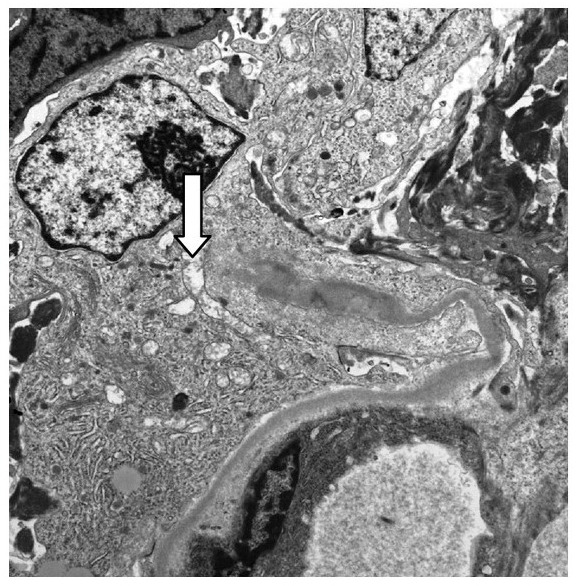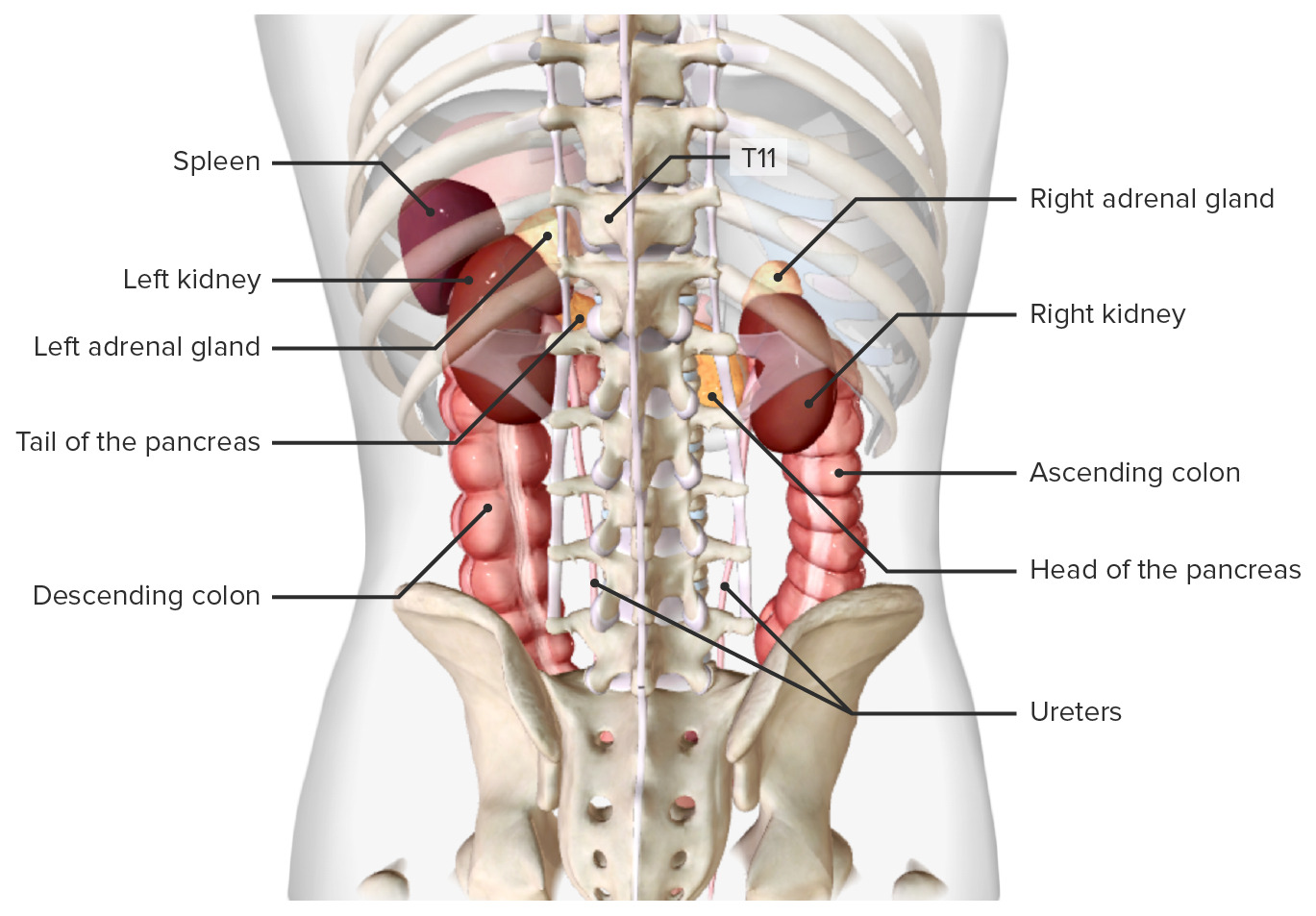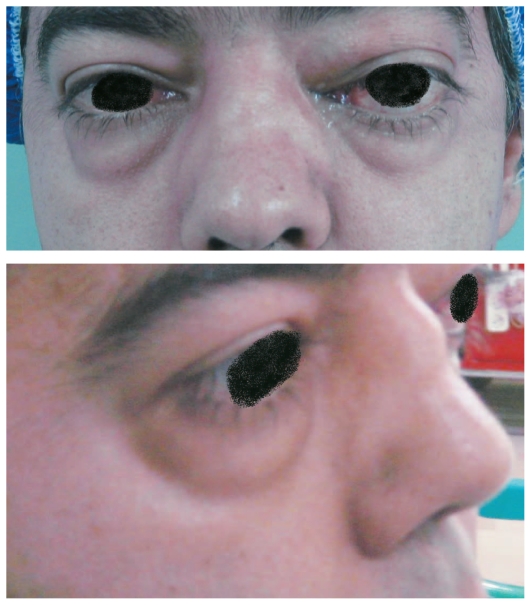Playlist
Show Playlist
Hide Playlist
ANCA Associated Vasculitis
-
Slides KidneyDisorders RenalPathology.pdf
-
Reference List Pathology.pdf
-
Download Lecture Overview
00:01 And this discussion takes us into what ANCA means? So what is ANCA? It stands for Anti-neutrophil cytoplasmic antibody. 00:09 Stop. There are two types of ANCAs. 00:14 Aren’t there? c-ANCA, p- ANCA. 00:17 At some point during your medical education you've definitely been exposed to c-ANCA, now I have to take you a little bit further. 00:24 I’ll tell you what does c and p stands for. 00:26 Well, we said that c was the third letter of the alphabet: A, B, C. 00:30 Therefore, anti-proteinase 3 ANCA. 00:34 The p in p-ANCA is anti-myeloperoxidase ANCA process. Clear? Are we done? No. A wish. 00:43 Here’s the p. The p in p-ANCA, apart from you should knowing that it’s myeloperoxidase means perinuclear. 00:51 What the heck! Why do I have to know this, Doc Raj! Are you just actually vomiting information at us? No! I'm giving you information so that you can clinically differentiate; you get every single question right. And you're not thrown off. 01:06 That p in p-ANCA is perinuclear. 01:09 You will be responsible for identifying an ANCA, okay? You will be responsible for literally identifying on immunofluorescence, an anti-neutrophil cytoplasmic antibody. 01:20 And when you do so, you have to be able to distinguish between a p, perinuclear versus c, cytoplasmic. 01:27 What’s p mean? The perinuclear, around the nuclear. 01:32 With vasculitis the two relevant target antigens detected are proteinase 3 or PR3 in my face or in MPO MPO-Anca mpo PR3-Anca associated with substantially specificities and positive predictive values than the immunofluorescence patterns they correspond with P-ANCA and c-ANCA) MPO-ANCA corresponding to p-ANCA is associated with: Eosinophilic granulomatosis with polyangiitis also called EGPA or Churg-Strauss disease. 02:01 Which presents clinically with asthma and eosinophilia. 02:04 It is also associated Microscopic Polyangiitis, which clinically affects the kidneys, lungs, nerves, skin, and joints Finally it is associated with Anti-glomerular basement membrane disease also known as Goodpasture syndrome, which clinically presents with rapidly progressive nephritis manifesting with hematuria and decreased kidney function PR3-ANCA corresponding to c-ANCA and is associated with: Granulomatosis with Polyangiitis and presents clinically with focal necrotizing vasculitis and necrotizing granulomas in the nose and sinuses, lungs, and kidney
About the Lecture
The lecture ANCA Associated Vasculitis by Carlo Raj, MD is from the course Glomerulonephritis.
Included Quiz Questions
What percentage of patients with SLE present with subepithelial deposits on electron microscopy?
- 10%
- 85%
- 50%
- 1%
- 20%
Which of the following is NOT a common clinical feature of Henoch-Schonlein purpura?
- Chest pain
- Abdominal pain
- Palpable purpura
- Intestinal bleeding
- Vomiting
Which condition presents with asthma and eosinophilia?
- Churg-Strauss syndrome
- Goodpasture’s syndrome
- Microscopic polyangiitis
- Anti-GBM
- All of the above
What sign or symptom would be most helpful in distinguishing granulomatosis with polyangiitis from Goodpasture’s syndrome?
- Saddle nose
- Hypertension
- Cough
- Hemoptysis
- Hematuria
Which of the following lab results would you expect in a patient with Churg-Strauss syndrome?
- Elevated serum IgE
- Positive c-ANCA
- Decreased serum complement levels
- Hyponatremia
- Hypoalbuminemia
Which of the following clinical manifestations is commonly associated with granulomatosis with polyangiitis?
- Perforation of the nasal septum
- Weight gain
- Hematemesis
- Bloody diarrhea
- Hypotension
Which of the following is commonly associated with Churg-Strauss syndrome?
- Asthma
- Eosinopenia
- Saddle nose
- COPD
Customer reviews
5,0 of 5 stars
| 5 Stars |
|
5 |
| 4 Stars |
|
0 |
| 3 Stars |
|
0 |
| 2 Stars |
|
0 |
| 1 Star |
|
0 |







